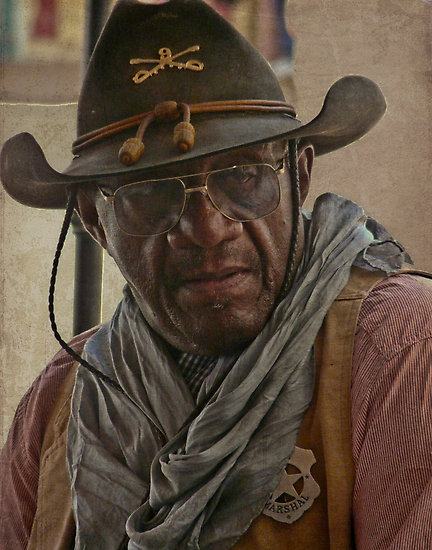America news. The buffalo soldiers were posted on the frontier and were trailblazers for the white Regular Army. They built seventy-five percent of the forts, houses and roads in preparation for the arrival of the white troopers.
In fact, they were the primary form of defence on the Great Plains, the home of several sedentary and nomadic Native American tribes. The buffalo soldiers were under orders to perform the most dangerous jobs in the advancement of western civilisation and were assigned to settle, secure and guard frontier towns.
However, despite this humanitarian and dangerous role, they were victimised and experienced racial prejudice and discrimination from the very people they were sent to protect and from soldiers in the white Regular Army.
Occasionally their white commanding officers, most of whom were West Point graduates, resented assignment to a black regiment (such postings often led to their social ostracism by other elite officers), treated them cruelly and sadistically.
Nonetheless, such treatment only made the soldiers more protective towards each other, and in spite of such adversity, both buffalo soldier regiments had minimal levels of desertion in comparison the white regiments. Statistics show that between 1867 and 1890, thirty three percent (88,475) of soldiers in the white Regular Army deserted.
Buffalo soldiers were engaged in many dangerous things that included guarding the army payroll against outlaws, scouting and mapping out the land, escorting settlers and various other forms of guard duty.
They also fought forest fires, delivered mail for the pony express and quelled labour riots. Weather conditions on the Great Plains alternated between minus Celsius in the winter months, and could soar to above thirty-two Celsius in summertime and many regiments were stationed in the most remote parts of the Frontier for long periods in those inhospitable climes.
For more than 25 years, they were engaged in battles with the Native Americans who were retaliating against the loss of their land and culture to the white man.
The black Cavalrymen were sent to suppress their uprising and to escort them unto reservations. The Comanche and Cheyenne gave the nickname “buffalo soldier” to the black Regular Army as a testament to their bravery.
To the Native American, the buffalo symbolised power and strength and the animal was central to their survival. Used for food, clothing, shelter and religious ceremonies, the buffalo was a revered animal among Native Americans.
Although they were fighting on opposite sides, the Plains Indians respected the buffalo soldiers for their valour and fighting abilities. Further testament to those qualities came for a correspondent of the Army and Naval Journal while on campaign with the 9th Cavalry in 1881.
He wrote: On the march, or in camp, they are cheerful and obedient. Their horses are well cared for, and in two companies I have seen but one man lounging in his saddle, and he had more white than black blood in his veins; no falling out of ranks, or watering at different times.
If ordered on detached or dangerous service, they never shirk it, and will ride hours without sleep, and apparently unfatigued. They do not appear to sleep, and in camp seem to be awake all night.
If washed out, as I saw one company, they will change their camp in the middle of the night, laughing and cracking jokes. There is every evidence to show they will and do fight well. Their own as well as other officers and citizens who have fought with them, attest this fact. Truly, both regiments of buffalo soldiers lived up to their mottos of ‘We Can, We Will’ and ‘Ready Forward’.



